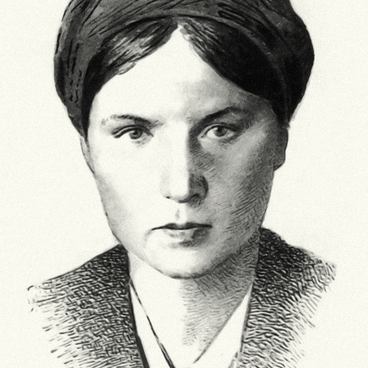Many heroes of the Second World War had civilian occupations before 1941. Future tank crewman, Mikhail Kuzmich Zamula managed to finish an eight-year school alongside accountant training. He then got a job at the works and building department in Stavropol. He was drafted into the army in the summer of 1941, but instead of becoming another soldier, he was sent to the Kamyshin Tank College, as he had basic education. It took a year for him to master the military profession, so Mikhail Zamula went to the front line the next autumn.
In a couple of months, he was trusted to command a platoon in the 200th tank brigade. In the summer of 1943, the forces of the 6th tank corps were deployed near Kursk. The brigade of Mikhail Zamula got an order to defend the region of the village of Verkhopenye in Belgorod Oblast: the German soldiers were expected to strike here in order to reach Oboyan.
This assumption turned out to be true in the dawn of June 8, when the Soviet army underwent a massive airstrike. A while afterward, the enemy tanks showed up as well: the Germans deployed 60 pieces of equipment, including 30 legendary German Tiger tanks, to the area near Verkhopenye. The first shot at the enemy was made by Mikhail Zamula’s tank crew from the distance of 600 meters. Several minutes later, one of the Tigers was taken out of action.
Those engaged in this combat remembered that the destruction of the enemy tanks was only possible after the third direct hit even at close range. Mikhail Zamula appeared to be a real master of tank combat. Not only had he destroyed German technical equipment, but he had also ordered his platoon to constantly shift their positions. Ultimately, after a couple hours of battle, only two tanks of his formation were taken out of action, while the enemy lost over ten.
By the end of the day, Mikhail Zamula’s tank was also taken out of action, but despite this, his crew refused to leave the battlefield and kept shooting. The Soviet tanks taken out of action were deployed to the home front and repaired only in the dead of night, to keep fighting the next morning. The platoon destroyed 17 German tanks in two days, 9 of which were put out of action by Mikhail Zamula’s crew. The German offensive near Verkhopenye was paused. The platoon commander was awarded the title of the Hero of the Soviet Union for participating in this operation, and his war comrades recognized him as a real ace.
In a couple of months, he was trusted to command a platoon in the 200th tank brigade. In the summer of 1943, the forces of the 6th tank corps were deployed near Kursk. The brigade of Mikhail Zamula got an order to defend the region of the village of Verkhopenye in Belgorod Oblast: the German soldiers were expected to strike here in order to reach Oboyan.
This assumption turned out to be true in the dawn of June 8, when the Soviet army underwent a massive airstrike. A while afterward, the enemy tanks showed up as well: the Germans deployed 60 pieces of equipment, including 30 legendary German Tiger tanks, to the area near Verkhopenye. The first shot at the enemy was made by Mikhail Zamula’s tank crew from the distance of 600 meters. Several minutes later, one of the Tigers was taken out of action.
Those engaged in this combat remembered that the destruction of the enemy tanks was only possible after the third direct hit even at close range. Mikhail Zamula appeared to be a real master of tank combat. Not only had he destroyed German technical equipment, but he had also ordered his platoon to constantly shift their positions. Ultimately, after a couple hours of battle, only two tanks of his formation were taken out of action, while the enemy lost over ten.
By the end of the day, Mikhail Zamula’s tank was also taken out of action, but despite this, his crew refused to leave the battlefield and kept shooting. The Soviet tanks taken out of action were deployed to the home front and repaired only in the dead of night, to keep fighting the next morning. The platoon destroyed 17 German tanks in two days, 9 of which were put out of action by Mikhail Zamula’s crew. The German offensive near Verkhopenye was paused. The platoon commander was awarded the title of the Hero of the Soviet Union for participating in this operation, and his war comrades recognized him as a real ace.



